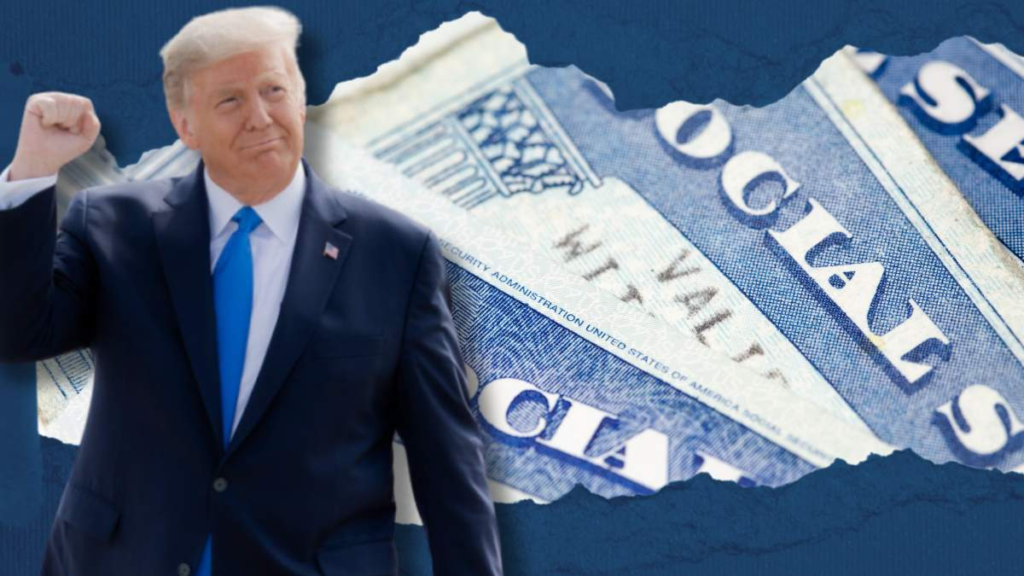Supplemental Security Income (SSI) will continue providing essential financial help to thousands of low-income individuals across the United States in May 2025. This federal program is meant for people who are aged, blind, or disabled and have limited income or resources. It’s designed to cover basic needs like food, housing, and clothing.
How Much Will SSI Pay in May 2025?
For May 2025, the maximum SSI benefit is:
- $967 for a single person
- $1,450 for a couple living together and receiving benefits jointly
However, not everyone will receive the full amount. The actual payment depends on factors like:
- Other income (such as wages or pensions)
- Living arrangements (like if you live with someone else and don’t pay your share)
- Extra help from state programs (some states add more to your SSI check)
For example, if someone lives with another person and doesn’t pay equally for rent or food, their payment could be reduced by around $342.33. Also, for every $2 earned from a job, your SSI payment goes down by $1. If you receive unearned income (like pension or unemployment benefits), your SSI drops by the same amount — $1 for every $1 received.

Who Can Get SSI Benefits?
SSI is different from Social Security Disability Insurance (SSDI). Unlike SSDI, you don’t need a long work history to qualify for SSI. Instead, it’s based on need. To be eligible, you must meet rules in five main areas:
Age or Disability
- Age 65 or older: You don’t need to prove disability.
- Blindness: If your vision is 20/200 or worse (even with glasses) or your vision field is very limited (20 degrees or less).
- Disability:
- Adults: The condition must stop you from working for at least 12 months or be life-threatening.
- Children under 18: The condition must seriously limit their daily functions and last at least 12 months.
Income Limits
- Your monthly income should usually be less than $2,019 for individuals.
- This includes all money you earn from work or get from other sources like pensions or unemployment.
Resource Limits
- You can have up to $2,000 in resources if single, or $3,000 for couples.
- Some things don’t count, like your house or one car used for daily needs.
Citizenship and Residency
- You must be a U.S. citizen or a qualified legal resident (like refugees, asylum seekers, veterans, etc.).
- You must live in the 50 U.S. states, Washington D.C., or the Northern Mariana Islands.
People who are in prison for a full month, stay outside the U.S. for more than 30 days, or give away money or assets to qualify for SSI may lose eligibility. Some exceptions apply, like for students or families of military personnel.
Special SSI Programs and Fast Processing
SSI also includes special fast-track programs like:
- Compassionate Allowances (CAL): For people with serious illnesses like advanced cancers or rare diseases in children.
- Prerelease Procedure: For those being released from jail or prison soon — they can apply in advance to get support right after release.
Also, some states offer extra money on top of federal SSI payments, which does not reduce your federal amount.
To check how much you might get or whether you’re eligible, the SSA advises using their online tools or visiting your nearest Social Security office.
SSI is a vital program that supports people in need, especially the elderly and those with disabilities. For May 2025, eligible individuals may receive up to $967, while couples can receive as much as $1,450.
However, payments can be lower depending on your living situation or any extra income you have. The program is designed to ensure that people who cannot earn enough due to age or disability can still cover basic needs. If you believe you or a loved one might qualify, it’s worth checking with the SSA or speaking to a benefits advisor.


















Leave a Reply